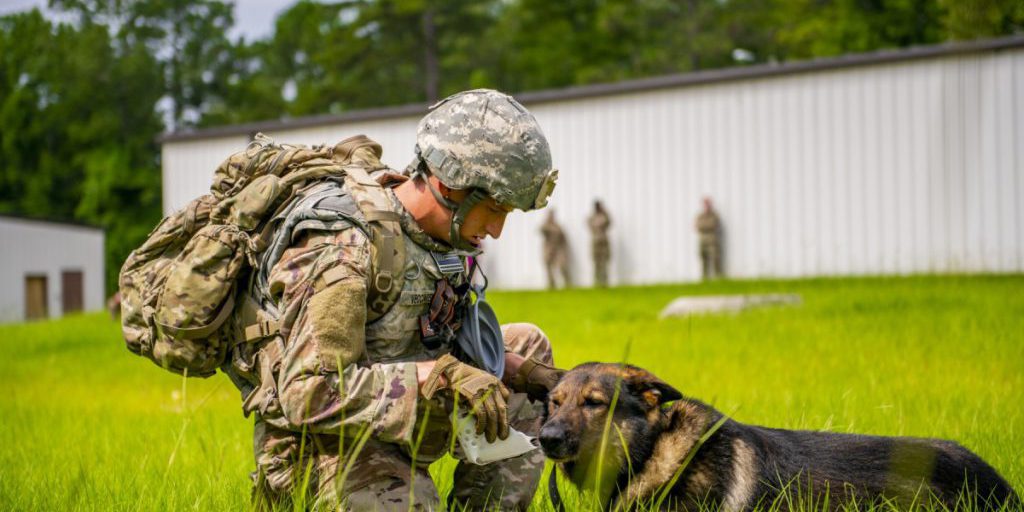WASHINGTON – The Department of Homeland Security (DHS) Science and Technology Directorate (S&T) announced a new interactive training tool for handlers and trainers of explosive detection canines to upgrade their capabilities to Person-Borne Explosives Detection (PBED). Different from traditional explosive detection dogs whose training consists of monitoring threats hidden within stationary objects, PBED canines must also detect and track explosives in motion and concealed on a person.
“Detection canines are among the most versatile mobile detection tools we have to protect the homeland,” said Catherine Cross, DHS senior official performing the duties of the Deputy Under Secretary for Science and Technology. “Working dogs provide a vital capability for national security and ongoing efforts to enhance their effectiveness helps strengthen our ability to keep our country safe. This new training resource will support frontline practitioners to protect soft targets and crowded venues from explosive threats.”
The comprehensive guideline includes detailed descriptions of training techniques, video clips, and tips on evaluating canines for potential PBED detection capabilities. The training tool is developed in collaboration with the Johns Hopkins University-Applied Physics Laboratory, incorporating extensive experience and lessons learned from S&T’s law enforcement canine training partners since the inception of the PBED program in 2012. More than 30 canine/handler teams from local, state, federal, and university law enforcement agencies contributed to the training tool.


